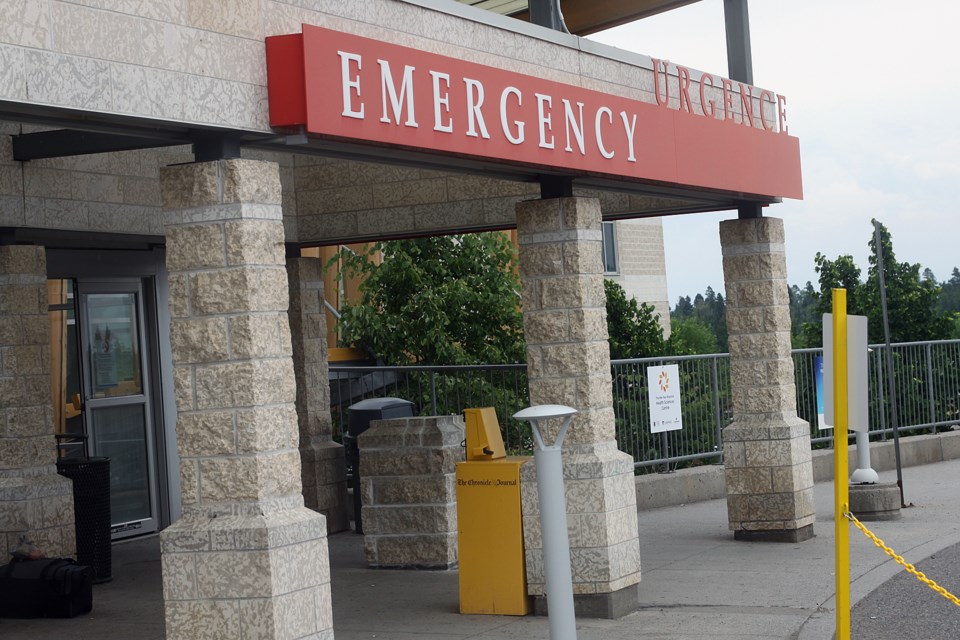THUNDER BAY – Thunder Bay’s regional hospital is moving to limit the availability of anesthesia services for non-urgent procedures as it confronts a “critical” staffing shortage in the Anesthesia Department.
As of May 1, the Thunder Bay Regional Health Sciences Centre will put elective sedation requests on hold until further notice; provide anesthesia consults in the pre-admission clinic only two days a week, down from five; and offer planned c-sections only once a day, at 7:45 a.m., with a second time at 1 p.m. cut.
Urgent and emergent cases “will be triaged with the input of the surgical teams and done on a case-by-case basis,” according to an internal memo sent to hospital staff.
The shortage of anesthesia staff, most crucially anesthetists, has wide-ranging implications in the hospital setting, said TBRHSC chief of staff Dr. Bradley Jacobson.
“Their role within the Regional is critical,” he said in an interview Tuesday. “We’re a regional trauma centre, we’re a regional hospital, we’re the go-to facility for the sickest of the sick in the region. If we can’t provide adequate anesthesia services, that has far-reaching effects with every surgical specialty, even within the Intensive Care Unit.”
The public should still feel confident their urgent health needs will be met, he said.
“I think the memo… can be a little bit scary for people reading it, the impact it might have on their health care. Over the past two or three weeks, [there have been] tireless efforts from our team to make sure we’ve come up with a schedule that’s safe for patients, but also safe and manageable for staff.”
“We’re looking at providing the services that are essential; everything else will be triaged according to patient need. There’ll probably be a little bit more of a delay in the non-urgent services the Anesthesia Department provides.”
The hospital could not immediately provide exact details of the extent of the staffing shortage within the Anesthesia Department, but Jacobsen estimated the hospital is likely in need of three to four anaesthetists, as well as assistants and support staff.
The recruitment challenges aren’t new, and are a national problem, but have become particularly acute, he said.
“The shortage in anesthesia has been sort of waning and waxing over the years, like everything else, with peaks and valleys,” Jacobson said. “We’re in a little bit of a valley right now.”
He said recruitment efforts are underway, and was hopeful one or two new recruits would be in place by mid-summer.
The recently-announced expansion of the number of residency positions offered by NOSM University is expected to help in the medium- to long-term, he said.
